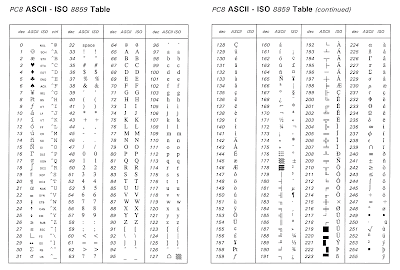Security mechanism in UNIX
UNIX employs a variety of security mechanisms to protect the integrity, confidentiality, and availability of data and resources. Here are some of the key security mechanisms in UNIX:
1. File System Security
- File Permissions: UNIX uses a permission system that controls who can read, write, or execute files and directories. Each file has an associated owner, group, and set of permissions (read, write, execute) for the owner, group, and others.
- Setuid and Setgid: These special permissions allow users to execute files with the permissions of the file owner or group. This is often used for tasks that require higher privileges.
2. User and Group Management
- User Accounts: Each user in UNIX has a unique user ID (UID) and home directory. User accounts help to segregate and control access to system resources.
- Groups: Users can belong to one or more groups, each identified by a group ID (GID). Group memberships are used to manage permissions and access to files and directories.
3. Authentication Mechanisms
- Password Protection: UNIX systems use encrypted passwords stored in the
/etc/shadowfile (in modern systems) to authenticate users. This file is readable only by privileged users to prevent unauthorized access. - Pluggable Authentication Modules (PAM): PAM provides a flexible mechanism for authenticating users. It allows system administrators to configure authentication methods (e.g., password, biometric, two-factor) and policies.
4. Process Control
- Process Ownership and Privileges: Each process in UNIX runs with the privileges of the user who started it. System processes run with elevated privileges, while user processes run with restricted privileges.
- Privilege Separation: By running processes with the minimum necessary privileges, UNIX minimizes the impact of a potential security breach.
5. Network Security
- Firewall and Packet Filtering: Tools like
iptables(on Linux systems) allow administrators to configure firewall rules and filter network packets based on various criteria, enhancing network security. - Secure Shell (SSH): SSH provides encrypted communication for remote login and command execution, replacing older, less secure protocols like Telnet.
6. Auditing and Logging
- System Logs: UNIX systems maintain log files that record system events, user activities, and errors. These logs are stored in files such as
/var/log/syslogand/var/log/auth.log. - Audit Daemons: Tools like
auditdon Linux provide detailed auditing capabilities, allowing administrators to monitor and log security-relevant events.
7. Security Enhancements and Extensions
- Access Control Lists (ACLs): ACLs provide more granular control over file permissions than the traditional UNIX permission system, allowing specific permissions for individual users and groups.
- SELinux and AppArmor: These are mandatory access control (MAC) systems that provide additional security by defining and enforcing security policies that restrict how applications interact with the system.
8. Kernel Security
- Kernel Modules: UNIX kernels can load and unload modules dynamically, allowing administrators to extend kernel functionality without rebooting. This capability is controlled to prevent unauthorized modules from compromising system security.
- Security Patches and Updates: Regular updates and patches are applied to the UNIX kernel and system software to fix vulnerabilities and enhance security.
9. Encryption and Secure Storage
- Disk Encryption: Tools like
LUKS(Linux Unified Key Setup) provide disk encryption to protect data at rest. - Encrypted Filesystems: Filesystems like
eCryptfsoffer file-level encryption, ensuring data security even if the physical storage is compromised.
10. Resource Quotas and Limits
- Disk Quotas: Administrators can set disk quotas to limit the amount of disk space and number of files that a user or group can use, preventing resource exhaustion.
- Resource Limits: Using tools like
ulimit, administrators can set limits on system resources (CPU time, memory usage) that processes can consume, enhancing system stability and security.
These mechanisms work together to create a robust and secure environment for UNIX systems, protecting against unauthorized access, data breaches, and other security threats.


Ulasan